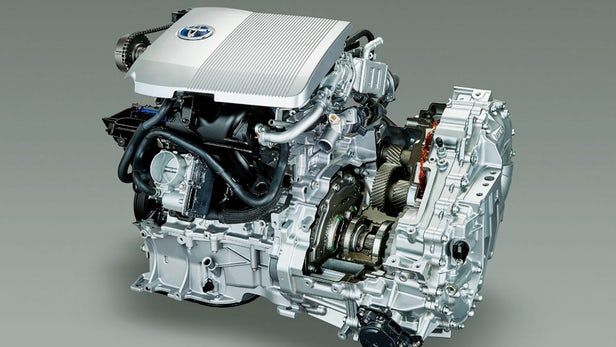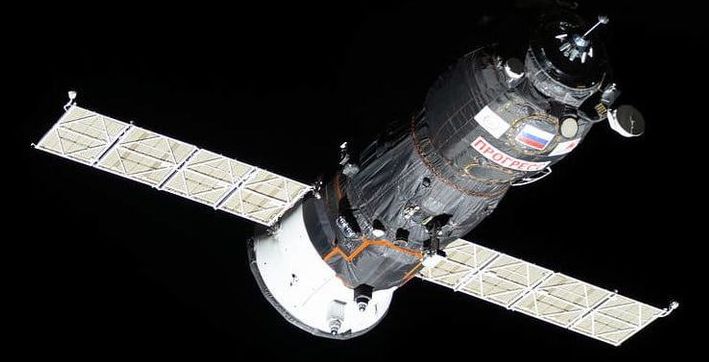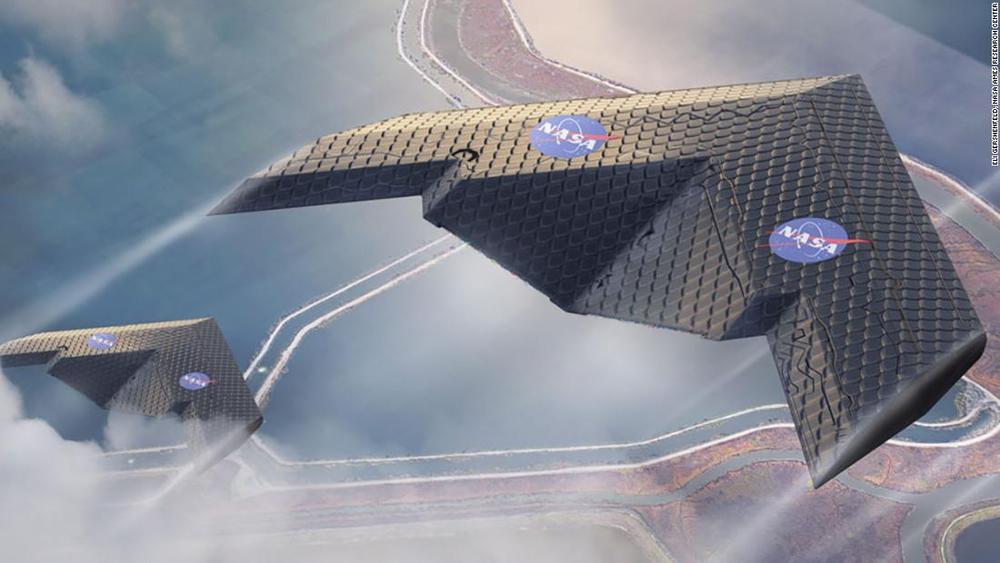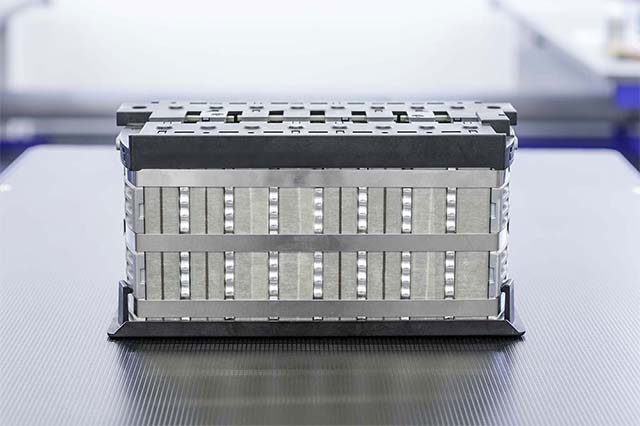We already recover power from the wheels of some cars when slowing. Kinetic energy recovery systems (KERS) have been used in Formula One racing to store energy in a flywheel when braking, and then push it back to the wheels later for a boost in speed. Electric cars often use regenerative braking, which converts the speed of the wheels into electrical power to recharge the battery. These systems are a great way to increase efficiency, but like everything in the Universe, they are not 100 per cent efficient. Sadly, the laws of physics prohibit the existence of true perpetual motion, so it’s the best we can do.






